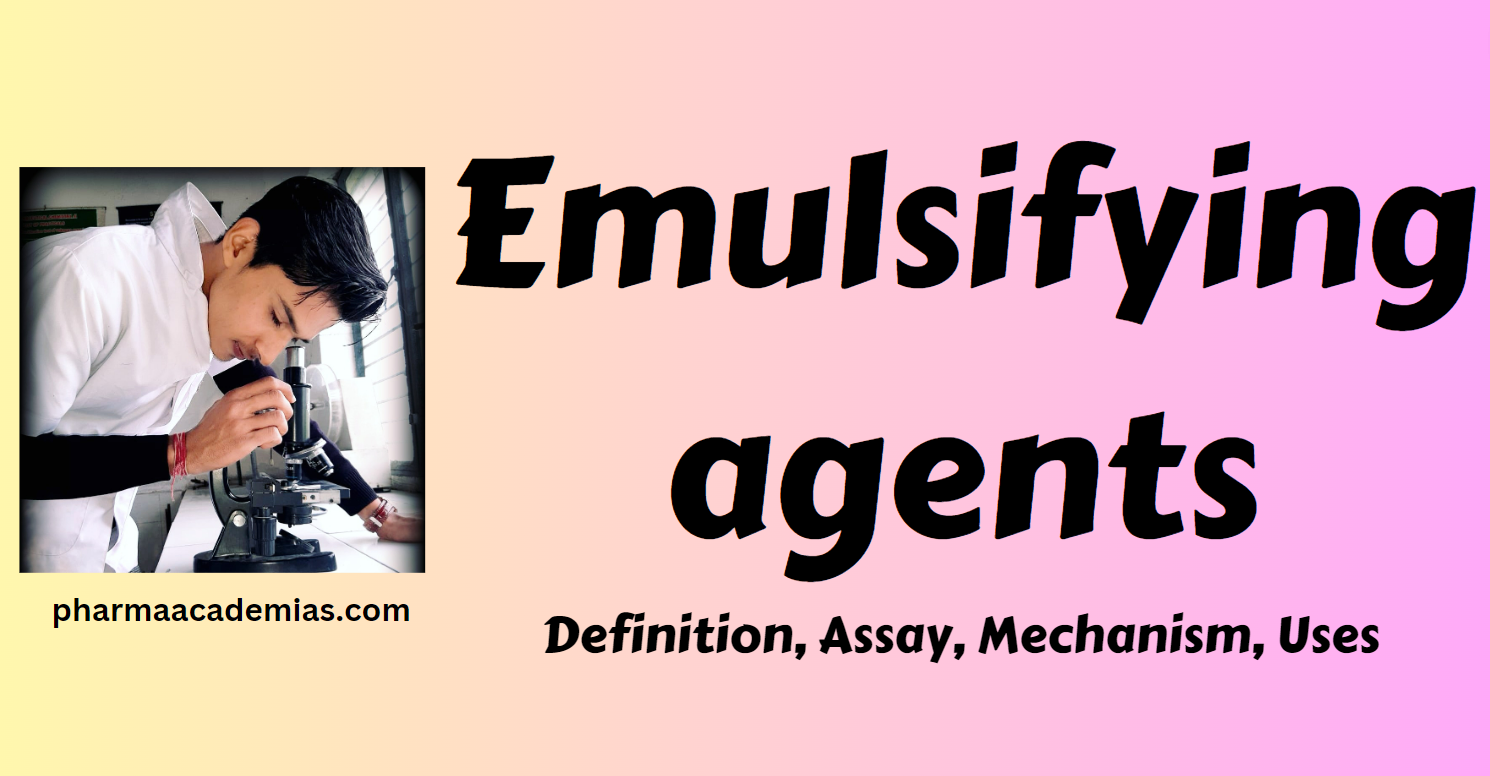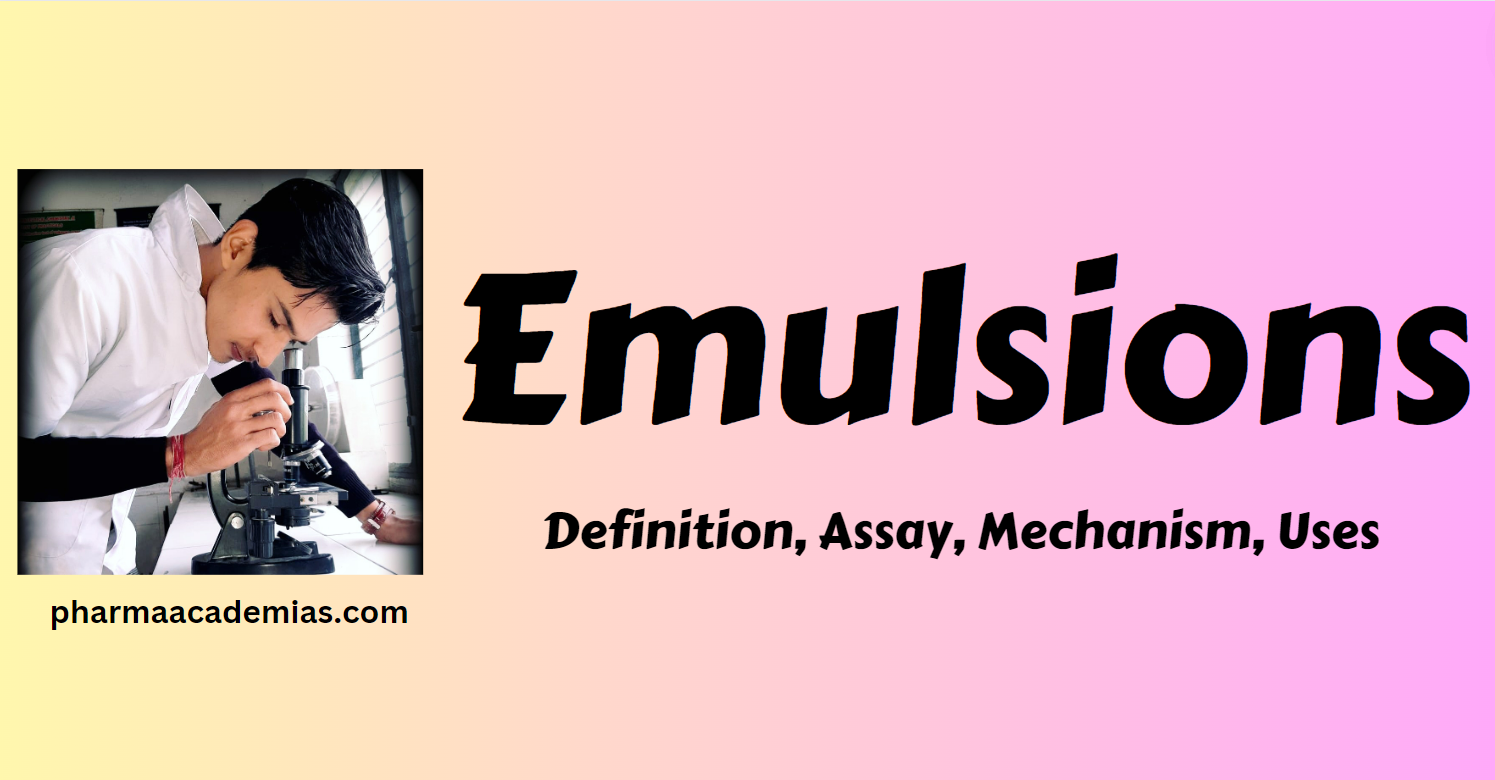Emulsions Stability problems and methods to overcome
Emulsions can face stability challenges over time due to coalescence, creaming, flocculation, and phase separation. Several methods can be employed to overcome stability problems and enhance the shelf life of emulsions: 1. Selection of Suitable Emulsifying Agents Use emulsifiers or surfactants that are appropriate for the specific type of emulsion and the nature of the … Read more








